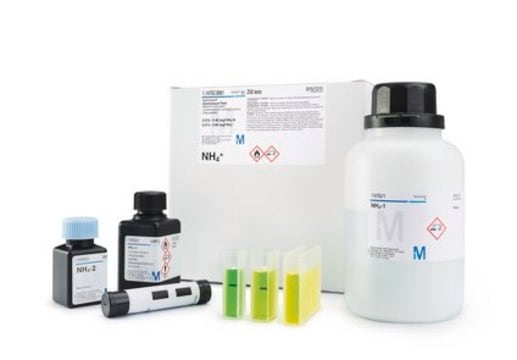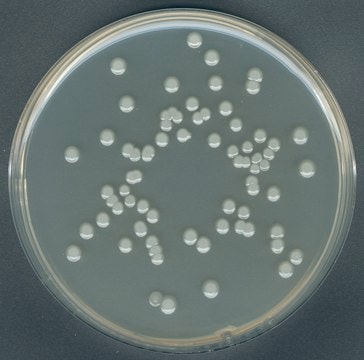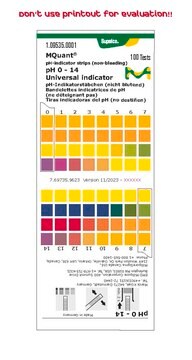1.15035
HPTLC plates, Cellulose F
pkg of 25 plates, plate L × W 10 cm × 10 cm, glass support
Synonyme(s) :
Cellulose F TLC Plates
Se connecterpour consulter vos tarifs contractuels et ceux de votre entreprise/organisme
About This Item
Code UNSPSC :
41115711
Nomenclature NACRES :
NB.21
Produits recommandés
Matériaux
cellulose matrix
glass support
Niveau de qualité
Caractéristiques
binder Organic Polymer
fluorescent indicator
Conditionnement
pkg of 25 plates
Technique(s)
thin layer chromatography (TLC): suitable
Épaisseur de la couche
60-110 μm
Plaque/Plateau, L × l
10 cm × 10 cm
Température de stockage
2-30°C
Description générale
25 Glass plates 10 x 10 cm
Cellulose plates are used to analyze polar substances. An organic sorbent, cellulose is perfect for separating hydrophilic substances by partition chromatography. Typical applications include the analysis of amino acids, carbohydrates, and phosphates as well as nucleic acid and nucleic acid derivatives. We offer cellulose plates in two grades: TLC for conventional and HPTLC for demanding, high-performance separations.
Liaison
Replaces: 15035-5; 15035
Remarque sur l'analyse
Layer thickness: 60 - 110 µm
Deviation of layer thickness per plate: ≤ 30 µm
Aminoacid test
hRf-values
- L-serine, amino acid test:
29 - 39
- L-threonine, amino acid test: 38 - 48
- L-alanine, amino acid test: 43 - 53
- L-methionine, amino acid test: 60 - 70
- L-phenylalanine, amino acid test: 69 - 79
- L-leucine, amino acid test: 76 - 86
Typical value determined on a plate
Eluent: 1-Butanol/ acetone/ acetic acid/ water (35/35/7/23 v/v/v/v) twice developed
Deviation of layer thickness per plate: ≤ 30 µm
Aminoacid test
hRf-values
- L-serine, amino acid test:
29 - 39
- L-threonine, amino acid test: 38 - 48
- L-alanine, amino acid test: 43 - 53
- L-methionine, amino acid test: 60 - 70
- L-phenylalanine, amino acid test: 69 - 79
- L-leucine, amino acid test: 76 - 86
Typical value determined on a plate
Eluent: 1-Butanol/ acetone/ acetic acid/ water (35/35/7/23 v/v/v/v) twice developed
Certificats d'analyse (COA)
Recherchez un Certificats d'analyse (COA) en saisissant le numéro de lot du produit. Les numéros de lot figurent sur l'étiquette du produit après les mots "Lot" ou "Batch".
Déjà en possession de ce produit ?
Retrouvez la documentation relative aux produits que vous avez récemment achetés dans la Bibliothèque de documents.
Notre équipe de scientifiques dispose d'une expérience dans tous les secteurs de la recherche, notamment en sciences de la vie, science des matériaux, synthèse chimique, chromatographie, analyse et dans de nombreux autres domaines..
Contacter notre Service technique






